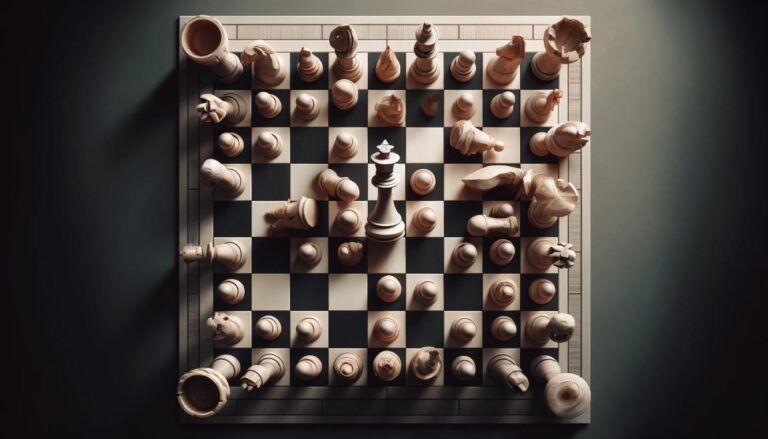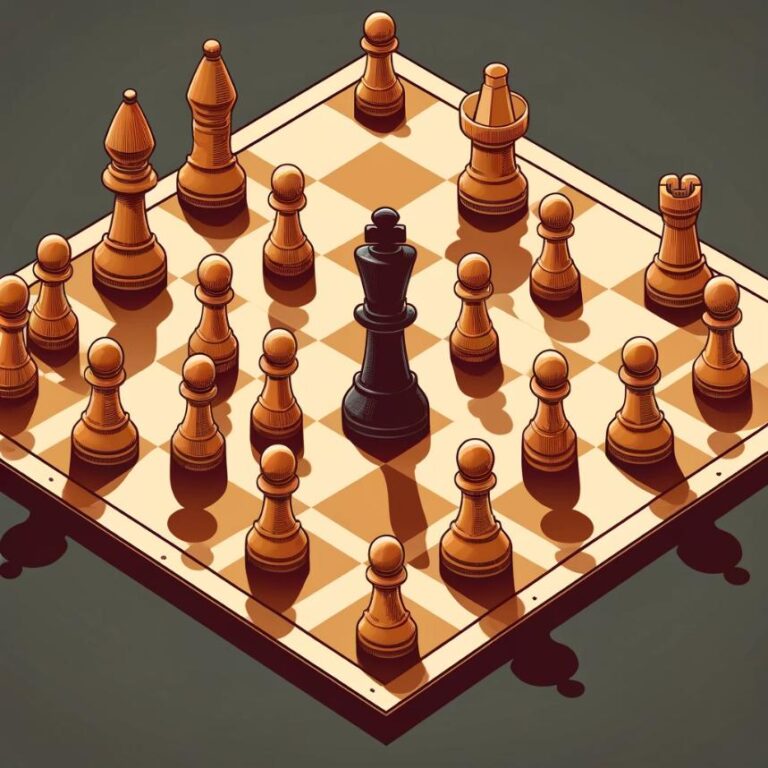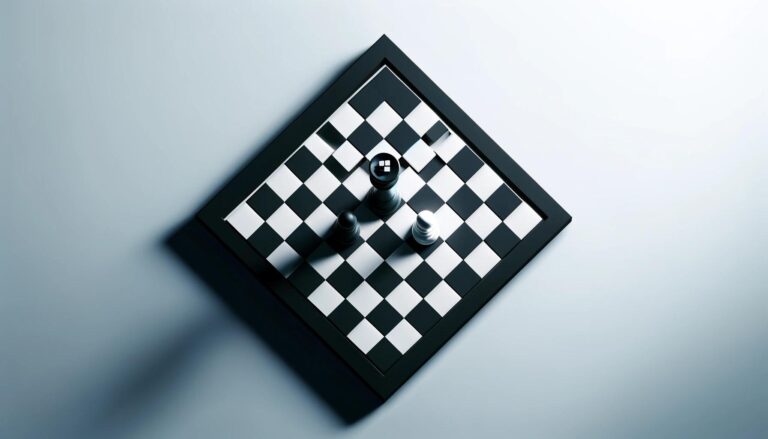A chess scoresheet is an essential tool for any competitive chess player. It serves as a formal record of the moves made during a chess game, allowing players to analyze their games later, settle disputes, or submit their games for ranking purposes. The scoresheet is not just a logistical necessity; it embodies the art and science of chess strategy, documenting the unfolding narrative of a chess battle.
The Basics of Recording Chess Moves
Standard Notation System
Chess uses a specific notation system known as algebraic notation to record each move. This system uses letters (a-h) to denote columns (files) and numbers (1-8) to denote rows (ranks) on the chessboard. Each piece, except the pawn, is represented by an uppercase letter: K for king, Q for queen, R for rook, B for bishop, and N for knight. Moves are recorded as a combination of the piece moved and the square to which it moves, such as Nf3, indicating a knight moving to the f3 square.
Recording Special Moves
Special moves in chess, such as castling (O-O for kingside castling and O-O-O for queenside), en passant, and pawn promotions, are also recorded in specific ways on the scoresheet. For example, when a pawn is promoted, the move might be recorded as e8=Q, indicating the pawn moves to e8 and is promoted to a queen.
Components of a Chess Scoresheet
Header Information
The top of a chess scoresheet typically contains fields for player information and tournament details. This includes the names of the players, the event or tournament name, the date, the round number, and the board number if applicable.
The Move List
The body of the scoresheet is divided into columns, usually two, representing the white and black pieces. Each row corresponds to a full move, which includes one move by white and one by black. Players are required to write their moves immediately after making them on the board.
Result Declaration
At the end of the game, players must record the result—1-0 for a win for white, 0-1 for a win for black, and ½-½ for a draw. Both players must sign the scoresheet to confirm the accuracy of the recorded moves and the final result.
Etiquette and Rules for Using a Chess Scoresheet
Accuracy and Legibility
Accuracy in recording moves is critical, as errors can lead to disputes or incorrect analysis post-game. Legibility is equally important; unclear handwriting can lead to confusion and errors in interpreting the game’s history.
Responsibilities
It is the responsibility of each player to record their own moves and to ensure that both their and their opponent’s moves are recorded correctly. In official tournaments, failing to record moves can lead to penalties.
Analyzing Games from Scoresheets
After a match, players often use the scoresheet to replay and analyze their game. This practice is crucial for improving one’s chess skills. Players can identify strategic and tactical errors or moments of brilliance in their play. Additionally, scoresheets can be used to input games into chess analysis software, which can provide deeper insights through computer evaluation.
Conclusion: The Value of a Chess Scoresheet
The chess scoresheet is more than a bureaucratic requirement; it is a valuable learning tool and a record of the intellectual battle that unfolds on the chessboard. By diligently recording and analyzing their games, players can improve their understanding of the game and track their progress over time.
Whether you’re a novice learning the ropes or a seasoned player analyzing complex strategies, maintaining an accurate and legible scoresheet is a discipline that enhances your understanding and appreciation of the game of chess.







